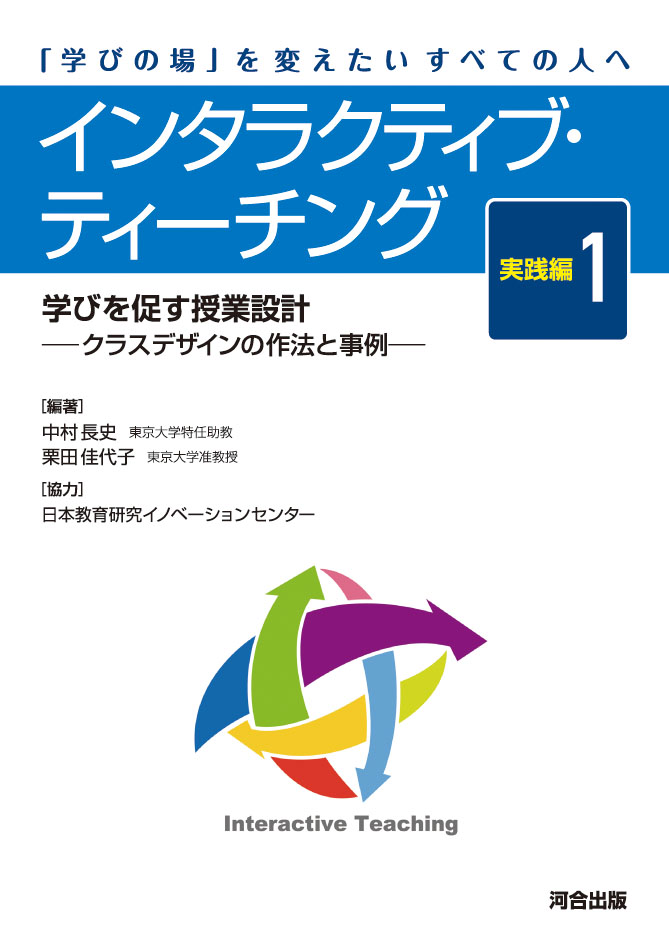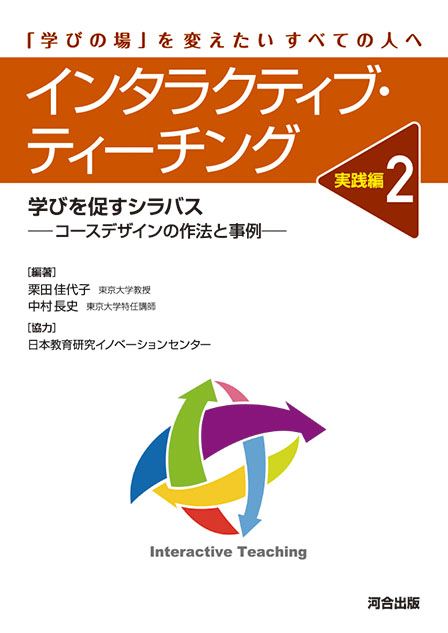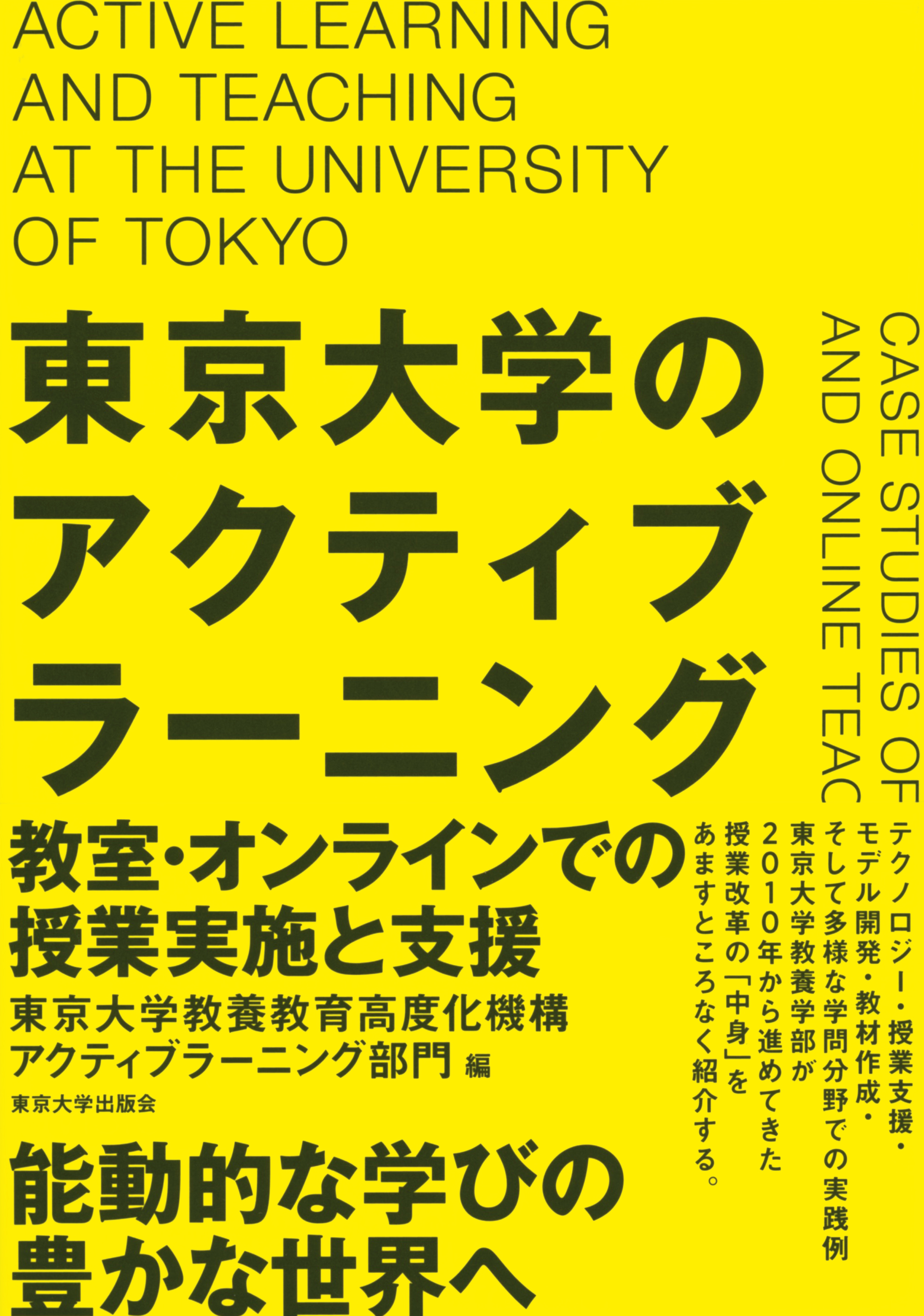
Title
Interactive Teaching: Jissen-hen 1 (Interactive Teaching: Practice, Volume 1: Class Design to Facilitate Learning – Methods and Case Studies of Class Design)
Size
108 pages, B5 format
Language
Japanese
Released
March, 2021
ISBN
978-4-7772-2367-1
Published by
KAWAI Publishing
Book Info
See Book Availability at Library
Japanese Page
Education is now at a major turning point in the transition from “how (teachers) teach” to “how (learners) learn.” In other words, it will be learner-centered education that is expected in the future. The term “active learning” is associated with this type of education. This refers to “non-one-way education” in general, and is a way of looking at learning from the learner’s point of view. So how can teachers create a place for this “active learning” to happen? The answer is “interactive teaching,” which is also the title of this book series. “Interactive teaching” is a teaching method that emphasizes interaction to enable learners to take the initiative in learning.
The content related to this teaching method has been produced as an online course called “Interactive Teaching” and is offered on an online learning platform called Coursera. The content has also been published as a book of the same title.
This book is based on the systematic workshop contents of the “Interactive Teaching” Academy, which uses this “Interactive Teaching” as preparatory material, and was created to serve as a bridge to make the learning contents more “personal” and to make the knowledge usable in practice. This book covers the section “Week 4: Let’s Design a 90-Minute Class” of “Interactive Teaching.”
In this book, you will learn how to design classes using a tool called a “Class Design Sheet” in line with a model called the ADDIE model, but this is not simply an introduction to the theory and is structured with practical application in mind. Chapter 1 provides an overview of class design, and Chapter 2 explains concretely and step-by-step how to design classes based on “Class Design Sheet”. In Chapter 3, an actual workshop at the “Interactive Teaching” Academy is introduced as a reference for an idea in order to improve each one’s class design by use of group activity. Chapter 4 contains practical examples by teachers in a wide range of academic fields, to enable you to learn not only how to use the method but also how to make creative adjustments and improve the method.
Undergraduate students may think that class design is still a long way off, but by learning how classes are designed in this way, another kind of learning, “how to teach,” becomes possible from the classes they will attend in the future. If you are interested in topics such as “teaching methods,” please pick up this book and enjoy the contents.
(Written by KURITA Kayoko, Professor, Center for Research and Development of Higher Education / 2021)
Related Info
coursera: Kayoko Kurita “Interactive Teaching”
https://www.coursera.org/learn/interactive-teaching



 Find a book
Find a book





